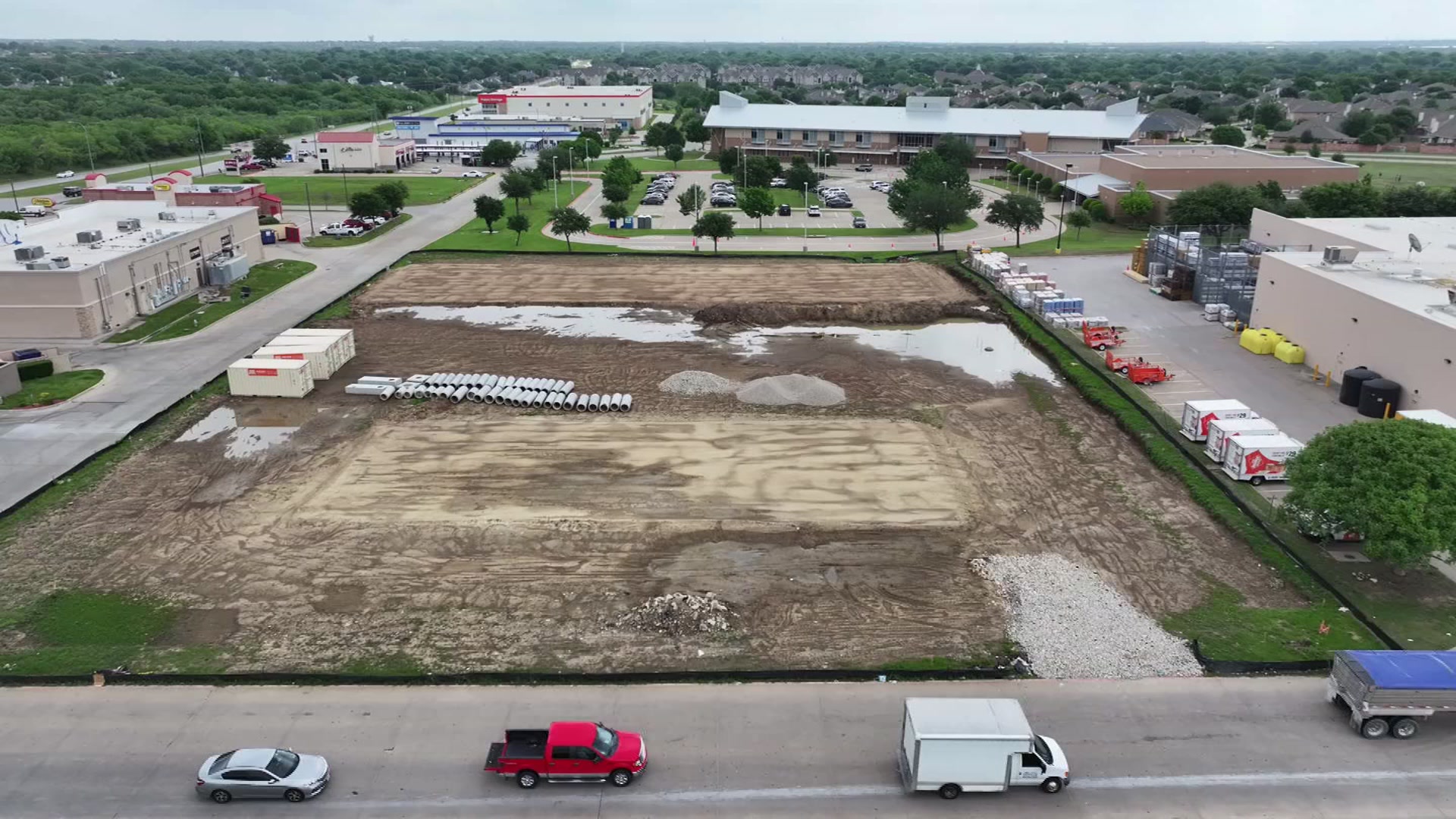A Texas House committee approved a bare-bones budget Wednesday that would make deep cuts to public education and health and human services over the next two years.
With no discussion or debate, the House Appropriations Committee adopted the 2012-2013 spending plan in an 18-7 vote that fell along party lines, with all Democrats present rejecting the measure.
The proposed budget calls for the state to spend $77.6 billion of its own funds over the two years. Even after an agreement to make a limited withdrawal from Texas' flush reserve fund, the Rainy Day Fund, the plan still would underfund public schools by almost $8 billion and Medicaid by $4 billion. The figures are contingent on passage of the plan to tap the reserve fund.
Republican Rep. Jim Pitts, who leads the committee, said the budget writers did their best given the combination of a fiscally conservative House and available revenue, which was short by more than $14 billion.
Gov. Rick Perry and lawmakers agreed last week to use $3.2 billion of the state's Rainy Day Fund to help close a shortfall in this year's budget. Perry has vowed to reject any 2012-13 budget that would further tap the reserve fund.
The fund, which relies on oil and gas tax revenues, is expected to have a balance of more than $9.4 billion at the end of the budget period if left untouched.
The committee vote sends the budget to the House scheduling committee, which will slot it for consideration by the full House. Pitts has said he plans to have the budget before the full House next week.
Under the proposal, schools would still be underfunded by about $800 per student. It still doesn't include money for full-day pre-kindergarten, teacher incentive pay, arts education and numerous other school programs.
Analysts say more than 108,000 school employees would lose their jobs under the plan.
An advocate for teachers called the cuts "devastating."
"Texas taxpayers are not going to stand for the public schools being gutted, which is what this bill would do," said Rita Haecker, president of the Texas State Teachers Association. "Texas' classrooms already are under-funded. This bill would cost thousands of school employees their jobs, cram tens of thousands of kids into overcrowded classrooms, close neighborhood schools and sacrifice Texas' future for political expediency."
Local
The latest news from around North Texas.
The part of the budget that pays for health care programs for needy, elderly and disabled Texans still faces a more than $4 billion shortfall.
The House plan reduces reimbursement rates to nursing homes and other Medicaid providers, a change that could jeopardize 45,000 residents in the state's 550 nursing homes that depend on Medicaid, experts said.
"Long-term care support for our seniors, already stretched to the limit, simply cannot withstand cuts of this magnitude," said Ollie Besteiro, the president of AARP Texas. "It adds insult to injury."
The budget would cut Medicaid reimbursement rates by 10 percent. That's on top of 3 percent rate reduction that state leaders requested this year. Medicaid, the state and federal cost-sharing program, serves 3.1 million Texans -- mostly children, pregnant women and adults with disabilities.
Nursing home advocates say the true cut to nursing homes is closer to 33 percent because of recent changes in the federal-state funding formula. The state's share has increased, but budget proposals are not paying for that increase.
"In many cases the cuts in health and human services are making life and death decisions," said Rep. Dawnna Dukes, an Austin Democrat who voted against the budget proposal. "Texas children, senior citizens and disabled Texans deserve better. ... This budget is unacceptable to our constituencies who have sent us to ensure a first class education for our children, protect our citizens, care for those who no longer can care for themselves and provide services to those who have nowhere else to turn."
The plan reinstates funding to four community colleges that had been set to have their funding cut off. Those cuts would instead be evenly distributed among all community colleges in Texas.
Michael Quinn Sullivan, the head of the conservative activist group Empower Texas, likened the critics to Chicken Little, saying the sky isn't falling.
"It's up to lawmakers to now make sure essential -- mission critical -- services are operating efficiently and rightly funded, and everything else scrubbed or eliminated," Sullivan said.
The size of the overall budget, including state and federal funds, would be $164.5 billion, or about $23 billion less than the current two-year budget.
The state is facing a revenue shortfall of more than $14 billion. Some estimates have pegged the shortfall closer to $27 billion, accounting for expected population growth and cost increases. For example, schools are expected to get 160,000 new students over the next two years that aren't being counted in the budget.
Perry and Republican legislative leaders have vowed not to raise taxes and to make up the shortfall with cuts.
While many states are facing budget deficits, only a third of the revenue shortfall in Texas was caused by the economic downturn. That's because when consumer spending slowed, state revenue from sales tax receipts also decreased. That created a $4.3 billion deficit in the current budget.
Most of the shortfall was created when the state overhauled the business tax structure and the school finance system in 2005. The new tax structure did not generate enough money to offset decreases in school property tax rates, creating a recurring $10 billion budget hole.
In the current budget, the hole was filled with some state savings and federal stimulus dollars that are no longer available.
The Senate is working on its own plan, and the proposal still has far to go before being finalized later this year.



